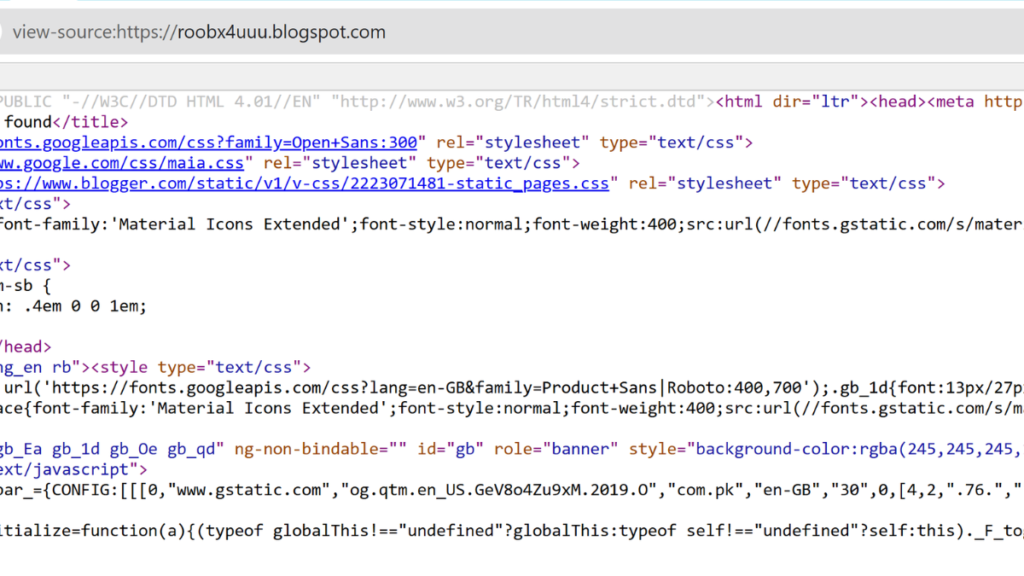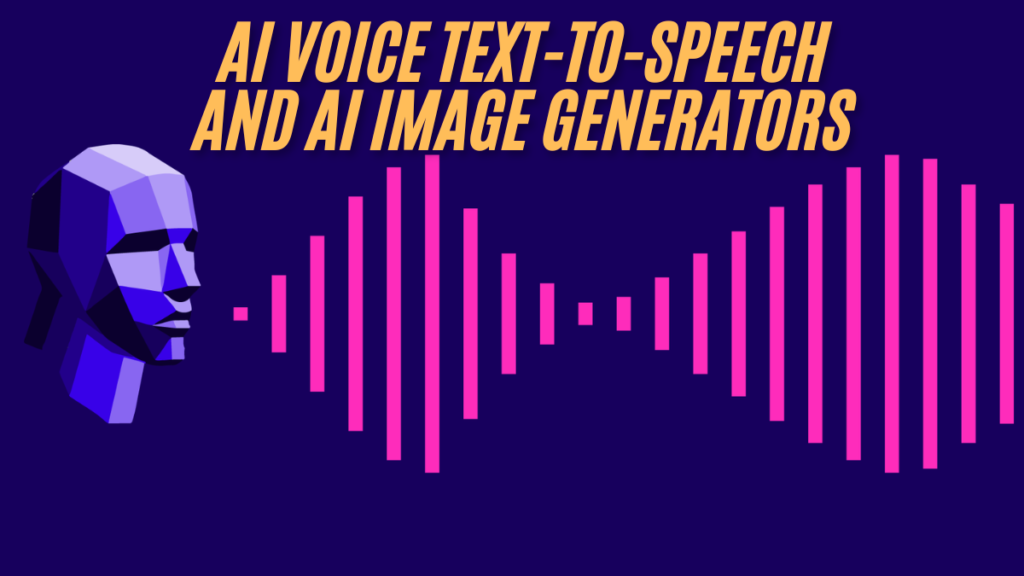Explore the real impact of Demystifying virtual thread performance: unveiling the truth beyond the buzz in software development.
Introduction to Demystifying virtual thread performance: unveiling the truth beyond the buzz
Hey there, tech fans! Have you ever determined your self tangled within the net of tech jargon and puzzled what the fuss about Demystifying virtual thread performance: unveiling the truth beyond the buzz is all approximately? You’re not on my own. With the software program improvement global humming about those virtual threads, it’s easy to get lost in translation. But fear now not! In this weblog, we’re going to get to the bottom of the thriller in the back of virtual thread overall performance and see the way it sincerely affects software program improvement past all that tech buzz. Ready to dive in? Let’s get commenced!
Understanding Virtual Threads
In state-of-the-art rapid-paced international of software improvement, staying beforehand of the curve often approach embracing new technologies. One such innovation this is been growing ripples within the tech lake is virtual threads. If you are a programmer or someone interested by software program development, you might have encounter the term and questioned what it’s all approximately. Let’s dive proper in and break it down.
Definition and Basic Concepts
At its middle, a virtual thread is an abstraction that lets in builders to handle concurrency in a more light-weight and green way. Think of them because the more moderen, smooth version of conventional threads—however greater on that in a chunk. Concurrency is a way to improve software program overall performance via doing a couple of tasks on the equal time. Traditional threads can be heavy and pesky, often annoying large attention from the device’s resources.
Virtual threads, then again, goal to streamline concurrency. They are designed to be simpler on sources, allowing thousands of them to run concurrently without bogging down the system. Imagine having a real birthday celebration with a thousand guests and every person locating their spot without chaos—sounds best, would not it?
How Virtual Threads Differ from Traditional Threads
So, how exactly do digital threads stand other than their older opposite numbers? The key distinction lies in the manner they handle resources. Traditional threads are often limited with the aid of hardware, meaning that the extra you create, the greater memory and processing power you chew up. There’s a factor wherein they become unmanageable and begin slowing everything down—like squeezing greater passengers into an already crowded bus.
Virtual threads, alternatively, are like a fleet of clever vehicles which can zip round successfully, regardless of traffic. They perform by optimizing how the device schedules operations, making it possible to scale up with out hitting a performance wall. This light-weight nature makes them a famous desire among developers who want to leverage concurrency but are wary of the overhead dragging the entirety down.
Why Virtual Threads are Gaining Attention
The buzz round virtual threads isn’t always simply tech hype. While concurrency itself is not a new idea, virtual threads bring something clean to the desk. Developers are always trying to find ways to optimize overall performance and decrease complexity, and digital threads provide a tantalizing answer. Here’s why they are the communicate of the city:
- Scalability: Virtual threads can deal with a huge range of concurrent duties, making them perfect for applications like internet servers that need to process tonnes of requests simultaneously.
- Resource Efficiency: They permit programmers to construct more green, better-overall performance programs with out draining assets.
- Simplicity: Virtual threads can simplify the programming version, decreasing the intricacies concerned in managing multiple threads.
With these blessings at the desk, digital threads are placed as a valuable tool in the developer’s toolbox, poised to make a significant effect on software overall performance and development methodologies.
Performance Implications of Virtual Threads
While virtual threads are shooting the headlines, it’s essential to apprehend how they sincerely impact overall performance. Like any technology, knowledge the nuances can assist determine whether or not it’s the right fit for a particular project.
Potential Performance Benefits
At the leading edge of the overall performance narrative is the promise of more suitable velocity and performance. Here’s why digital threads can offer large overall performance improvements:
- Reduced Overhead: Traditional threads bring heavy baggage with them in phrases of machine resource allocation; virtual threads, but, tour light. This reduced overhead means much less electricity committed to string management and more in the direction of real operations.
- Responsive Systems: Because they could handle numerous tasks simultaneously without significant postpone, virtual threads can cause more reactive and responsive applications. Imagine a internet site that stays snappy and short even if coping with heaps of users right now.
- Expanded Practical Applications: Tasks that contain massive concurrency such as facts processing, real-time analytics, and large-scale simulations stand to gain appreciably from the progressed efficiency supplied by digital threads.
Common Misconceptions and Myths
Like any new technology, virtual threads are not immune to misconceptions. Let’s clean the air on some of the myths surrounding their abilities:
- “Virtual threads are a silver bullet for all performance troubles.” Nope—whilst they offer super benefits, they are not a one-size-suits-all solution. Context subjects, and some programs might not advantage as a great deal from virtual threads, mainly the ones certain by way of different constraints like I/O boundaries.
- “They robotically make your code quicker.” Virtual threads can decorate overall performance, but this doesn’t suggest that they overhaul your code’s performance by using default. Thoughtful architecture and layout nonetheless play important roles in attaining most efficient performance.
Understanding that digital threads are a tool in preference to a magic wand is vital in setting sensible expectancies.
Situations Where Virtual Threads Shine
So, when exactly have to you look to leverage digital threads? They tend to excel in scenarios that require dealing with a great quantity of concurrent tasks with out sacrificing performance or overwhelming sources. Here are some conditions where they truely shine:
- High Concurrency Applications: Websites, servers, and cloud-primarily based offerings that handle severa simultaneous connections can notably enjoy the lightweight, scalable nature of digital threads.
- Asynchronous Processing: Systems that need non-blocking, asynchronous operations often discover virtual threads to be tremendously beneficial as they can cope with a couple of responsibilities parallelly with out waiting on unmarried-threaded bottlenecks.
- Microservices Architecture: In environments that require a couple of, nice-grained operations to work independently yet in concord, virtual threads can help improve conversation and speed.
In precis, digital threads constitute a compelling evolution in how we method concurrency and overall performance in software program development. They’ve brought interest to what’s possible whilst speed and efficiency are not at odds with scalability and resource control. As with any era, understanding its strengths and boundaries is important. For the right initiatives, virtual threads provide a pathway in the direction of developing robust, excessive-overall performance packages that gracefully handle modern computational demands. As the software program landscape maintains to evolve, staying informed and adaptable remains key—so maintain a watch on digital threads as they retain to make waves inside the world of programming!
Limitations and Challenges
When thinking about digital threads, we often get swept away with the aid of the numerous positives. They promise to simplify coding, handle extra obligations right away, and boost performance. But every rose has its thorns, and digital threads are not any extraordinary. Let’s dive into some of the bumps you would possibly face along the digital thread motorway.
Potential Drawbacks of Using Virtual Threads
Despite their present day allure, virtual threads aren’t a magical approach to every hassle. Here are some capability drawbacks:
- Complexity in Debugging: Virtual threads can sometimes masks the root purpose of an problem. With many threads strolling concurrently, tracing the supply of a computer virus may be like finding a needle in a haystack.
- Compatibility with Legacy Systems: Not each piece of software program is designed with virtual threads in mind. Integrating them into older systems may require full-size tweaks, making it cumbersome for groups keeping on to legacy code.
- Learning Curve: For builders who have gotten comfy with traditional threads, virtual threads introduce a brand new mastering curve. While no longer insurmountable, it does require time and training, which can be a hard sell in speedy-paced environments.
Performance Bottlenecks and Issues
Virtual threads aim to unfold responsibilities more lightly however once in a while things do not cross as deliberate. Here are some overall performance-associated challenges:
- Resource Overhead: Although designed to be lighter than conventional threads, digital threads nonetheless devour device assets. If no longer controlled nicely, they could result in accelerated memory utilization.
- Synchronization Struggles: Like conventional threads, digital threads need to be synchronized nicely. If not treated with care, you might come across acquainted foes consisting of race conditions or deadlocks.
- Thread Management: As the number of virtual threads will increase, so does the complexity of their control. Mismanagement can result in inefficiencies, undermining the promised overall performance raise.
Real-world Use Cases and Examples
It’s now not all doom and gloom, even though! Virtual threads have carved out superb niches in modern software program improvement. Let’s peek into a few settings wherein they’re making a splash:
- Web Servers: Virtual threads are perfect for handling numerous simultaneous connections, making them best for web servers. The ability to handle heaps of requests with out breaking a sweat is a extensive win.
- Concurrent Tasks in Microservices: In microservices architectures, in which services operate independently and simultaneously, virtual threads shine vibrant. They enable green coping with of more than one instances walking concurrently without the overhead of traditional threading models.
- Data Processing Pipelines: Virtual threads may be green in processing large streams of records in parallel. They assist in breaking the mission into doable portions at the same time as improving processing pace, all with out taxing the machine.
Given these actual-world packages, it is clear that digital threads, when used thoughtfully, offer considerable benefits. However, like any device, they require cautious attention and skillful managing to maximise their real capacity. The road to mastering digital threads would possibly have its demanding situations, however for the ones ready to face them, the rewards may be really worth each tweak and adjustment!
Conclusion
Demystifying virtual thread performance: unveiling the truth beyond the buzz overall performance brings us closer to knowledge their sensible implications in software improvement. Though the excitement would possibly advise that digital threads are the final way to concurrency woes, it’s far important to method their adoption with a balanced mindset.
- Advantages: They provide more granularity in aid control, enhancing programming efficiency.
- Considerations: Real-world implementation may gift unforeseen demanding situations, wanting careful assessment.
In the cease, digital threads hold awesome promise, but like several device in tech, they’re not a one-length-suits-all answer. Exploring them beyond the floor hype famous their ability to make concurrency extra doable, but most effective while used thoughtfully within the broader context of your programming wishes. The key lies in knowledge how great to leverage their strengths whilst sidestepping capability pitfalls. Ready to dive in?






